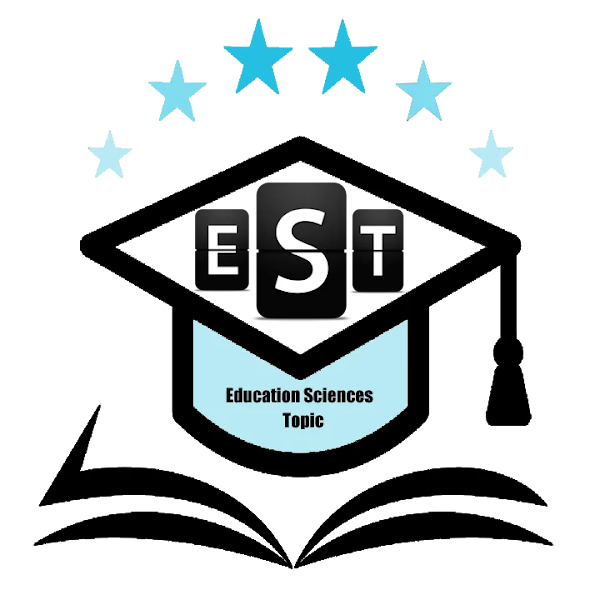How Does Your Child Learns Best
In the high-pressure, high-partner game of school, it can be difficult to know which parenting strategies
really promote education. A successful experience at school is not just about report cards. Ideally how your child learns, retains information, think independently, ask questions and develop a growing sense of skill. Here are a few guidelines to make sure you start with the right foot and keep the excitement and pace high throughout the school year.
What are Learning Strengths?
Kids don’t go to every new learning task in exactly the same way. But how your child interacts with information is probably one of the patterns that draws natural talents and preferences. These patterns are the power of learning and they are the path to learning.
Learning powers combine with existing skills and knowledge with skill and efficiency to help children take on new information. These forces are ways of thinking, feeling or acting that can be used effectively. For example, a child naturally understands how other people are feeling. Someone else may know exactly how something works differently.
There are different types of learning power. For example, some children are attracted to words, while others are good at their body and movements. Some kids learn new information visually. Other common paths include learning by listening to information, discovering patterns, and working with other people. Many learn best through a combination of these energy fields.
When do Your Children Learn to Talk?
There is no talking where the child learns to speak. When a child first utters a single meaningful word, he has already spent about a month connecting the language or words and the word to the meaning. Children acquire language at different stages and different children reach different stages at different times. The sequence of reaching this stage, however, practically always the same.

The first words of a baby are the sound of crying. Then, at about six weeks of age, the baby will begin to make vowel sounds, starting with ah, e and oh. Within about six months, the baby begins to produce strings of consonant-toned pairs, such as boo-under. At this stage, the child is playing around with his child’s words and picking out words that are not important to make words in his language. Many parents hear that at this stage a child makes a combination like “mama” or “grandfather” and excitedly announces that the child has uttered his first word, even though the child probably has no meaning attached to the ‘word’.
Ways of learning: A closer look at 6 learning styles.
Learning styles and preferences come in a variety of forms-and not all people fit into one category very easily. However, in general, these are the most common types of students:
Visual Learners
How to Recognize Visual Learners in Your Class: Some of the choices for visual learning are partial to view and observe, including images, diagrams, written directions, and more. It is also referred to as a "spatial" learning style. Students who have learned through philosophy can better understand information when it is presented in a visual way. These are your doodling students, your list creators and your students who take notes.
How to meet visual learners: Whiteboard or smart board is your best friend when training this type of learning. Give students the opportunity to draw pictures and drawings on the board or ask for doodle examples based on what students are learning. Teachers in visual learning training should make regular handouts and use presentations. Visual learners may need more time to process the components, as they observe the visual cues before them. So, be sure to give students a little time, and space to absorb information.
Auditory Learners
How to recognize hearing instructors in your class: When auditory subjects are reinforced by words, auditory tendencies tend to know better. These students will prefer to listen to the lecture rather than read written notes and they often use their own voice to reinforce new ideas and concepts. These types of students like to read aloud on their own. They are not afraid to talk in class and are great at explaining things verbally. In addition, they may be slow to read and often repeat what a teacher says to them.How to meet auditory learners: Since these students usually find it difficult to sit still for long periods of time, engage in lectures by asking your auditory trainees to repeat new ideas. Ask questions and answer them. Invite group discussions so that your auditory and verbal processors can properly understand and understand the information they are presenting. Watching videos and using music or audio taps are helpful ways for this group to learn.
Kinesthetic Earners
How to recognize kinetic learners in your class: Learn through experience or work on kinetic learning, sometimes called sensitive learning. They like to be involved in performing events to understand ideas or using their hands to touch and manage. These types of peaks prefer to sit still and often excel in sports or dance. They may need to take more frequent breaks during the study.
How to take care of insect-infested students: The best way teachers can teach these students is to motivate them. Instruct students for a specific scene from the text of a book or lesson you are teaching.
Try to encourage these students by integrating movement into their lessons: Packing to help them memorize, walking around the classroom or learning any such games or writing on the students whiteboard as part of the activity. Once self-aware trainees can physically comprehend what they are studying, it becomes easier to understand abstract concepts and difficult concepts.
Reading/ Writing Learners
What it is: Students who excel in reading/ writing modality demonstrate a strong learning preference for written words. This includes both written information presented to the class in the form of handouts and PowerPoint slide presentations, as well as the opportunity to synthesize course materials while completing the written assignment. This change also lends itself to conducting online research as many information-rich sources on the Internet are relatively text-heavy.
Reading/ author-based students should be encouraged to take lots of notes when giving lectures in both classrooms so that they can both help with data processing and have a easier time remembering it later.
Logical Learner
What it is: There are also children who are best at learning when applying reason to activity. By applying reasoning these help to understand the task properly and what needs to be done to get it done.
It can sometimes be difficult to teach logical learners if the handiwork is something that is in the vicinity of imagination or fun they may find it irrational and irrelevant to them.
Providing mathematical equations, statistics and reasoning in activities will help to incorporate them and make them more interested in understanding and learning about them. Explaining the rationale for doing certain things will give your child comfort and understanding as to why the whole is packed before turning on the dishwasher. It will make your life easier as they understand more.
Social Learner
What it is: Social apprentices can sometimes be seen as a disruptive type. A person who always wants to talk to someone else or stay with a group of people. They are not a hindrance, they can only learn the best when they are social and involved.
Group activities, open conversations to discuss tasks, and question time are ways to help social learners get involved. It helps them understand and learn in their own way.
We have different ways of doing different things. A learning strategy that works for one (1) child may not work for another. They may also lean on a few of the different learning strategies.
Finally It
Take time to understand your child and find out what will help them the best in learning and developing new skills. Once you've used it, look for ways to apply their preferred learning techniques to activities. When they feel comfortable and start learning in their own way, you will see them improve, reach their goals, and feel comfortable learning again.
To join our community of creating whole kids at home and activities ideas, please click and join our Facebook group today.































